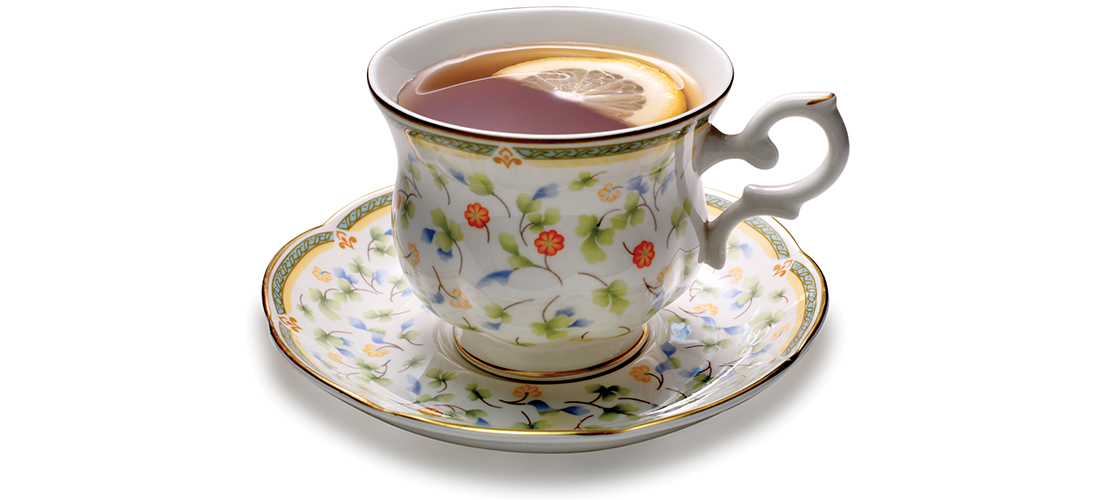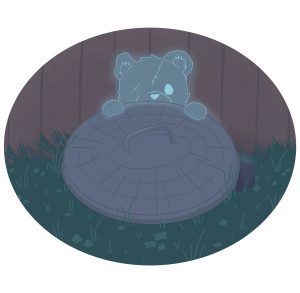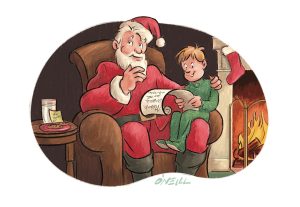
House Proud, Hard Core
They don’t want your stuff
By Cynthia Adams
It took a pandemic to convince my friends that their kids didn’t want their stuff. Which is especially cruel, knowing what we have learned lately thanks to millennials out there in increasingly nostalgic Internet Land.
Sequestered at home — albeit beautiful ones — the house proud of a certain age dusted, cleaned, preened their gardens and behaved like the house-proud people they are. House proud in Southern-speak means those who don’t leave dirty dishes in the sink for tomorrow. They buff lipstick marks off wine glasses. They vacuum under the fridge.
But mortality was breathing down our necks during what a writer friend calls “the late unpleasantness,” lingering like an unwelcome houseguest.
Raising the question: When the house proud decamped to Valhalla, who would want their stuff? (In the South, there’s always a lot of stuff: china sets, crystal, flatware, porcelains and photographs. Also, treasured oddities like Grandpa Bingo’s wooden radio.) As it happened, nobody belonging to their family tree agreed. Grasping this truth, my friends nearly fell off a branch.
Three of them persisted. Two kept storage units (!) to store things they no longer displayed. Another tried her ever-loving best to beg her offspring into accepting antique furniture and art.
Still no takers.
Personally, it hadn’t taken a Swedish death cleanse to convince me of the hard facts, having floated the “Interested, anyone?” question when good friend and attorney Charlie Younce updated our will.
Would anyone want our nostalgic curiosities?
True to the cliché, our loved ones’ silence was deafening.
Seemed minimalism was their new thing. Closets curated by Chairman Mao containing 10 white shirts and 10 black pants.
Mine bulged.
Nevertheless, I purged, stopping far short of becoming a minimalist. Minimalism forms a disconcerting void.
One reforming pack rat friend reported he wanted to cry after all but emptying his home after staging it for sale. “It’s just awful,” he moaned. “It echoes when I walk across the floor.” This was too much to bear. He yanked it off the market and restocked his bookshelves.
Writers wrote and bloggers posted about people like us using derisive terms. “Maximalism,” a recurring euphemism, barely hid disdain for “brown” furniture, chintz, wallpaper, valances and draperies. If attempting to be kind, they dubbed it “Bohemian.”
Yet Bohemian conjured up tacky bead curtains and tie-dye bedspreads.
That was last year.
Without warning a worse décor term popped up, making me cringe: “granny chic.” Turned out, it was code for a maximalist revival. The young suddenly embraced old fashioned style with a strange fervor, even macrame and spider plants.
Then dropped another term: “millennial chic.” It looked, at least to my eye, exactly like “granny chic,” but, seems it was only a trend if millennials were in on it.
Nobody actually photographed grannies in busy chic interiors — only hipsters doing macrame.
And then this appeared: “grand millennial” style. Which means — well, I am not exactly sure. It seemed maximalism was being rebranded, better suiting the aesthetic of hip young art directors. Granny chic didn’t quite do the job.
Hence a new moniker started popping up in design pubs and blogs: not old fashioned.
Bold fashioned!
Gah. Suddenly, millennial designer Rudy Saunders promoted all things prep, crazy for needlepoint and Lilly Pulitzer. He loved color-saturated, Dorothy Draper/Greenbriar resort interiors.
Which leads to another, stupendous, design trend: cottagecore.
(Also, I fear, known as grandmacore. Sigh. Seems millennials love their grandmas. And British style.)
Cottagecore, or grandmacore, is what designer Brit Rachel Ashwell dubbed Shabby Chic. Which is what Brit Laura Ashley of twee prints and a lifestyle brand owned for decades, from 1954 until her untimely death.
Now Brit Paula Sutton, a charming British Hill House blogger, is coming on like a freight train, and her Georgian dream of a house made me tear up with, well, happiness.
Best of all? She’s middle aged. With “brown” antiques and cushy pillows and china! And nary a word uttered about grandmas, nor cottagey porn. It’s simply beautiful and cozy.
And, so sorry, kiddos, but it’s too late. The will is already written. OH
Cynthia Adams is a contributing editor to O.Henry.





